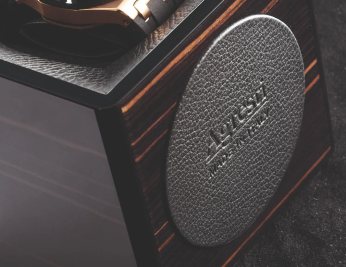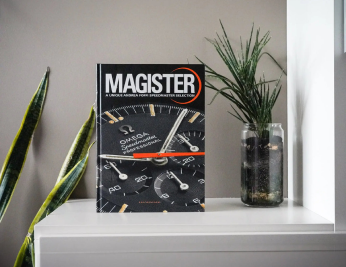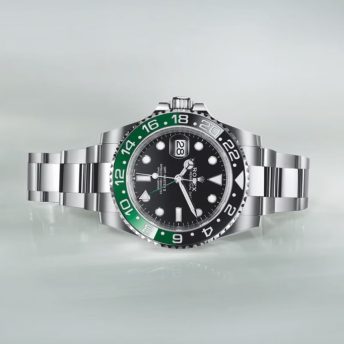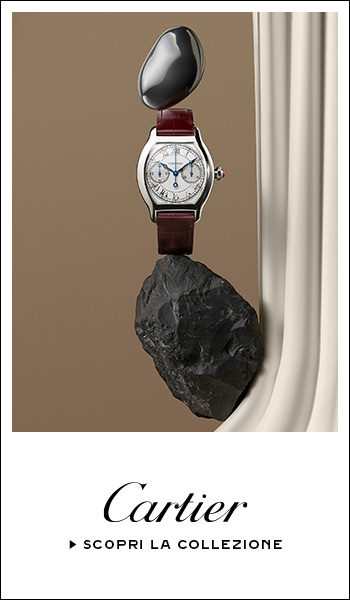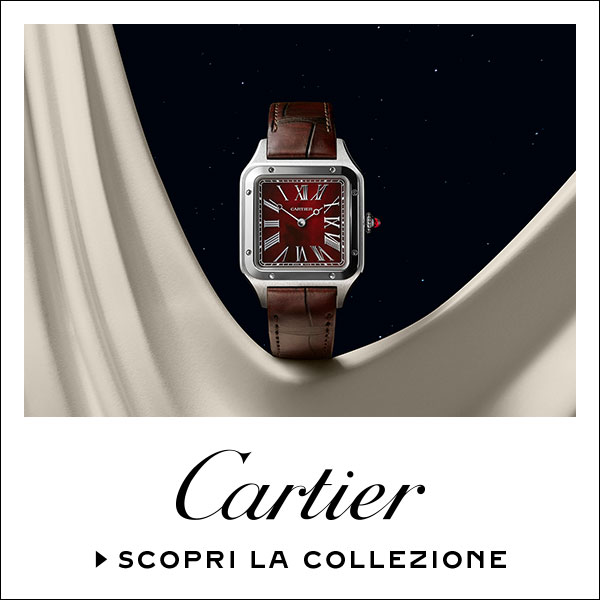Since before the Dutch physicist Christiaan Huygens invented the pendulum clock in 1656, anyone who measured time was constantly searching for what has always been considered the Grail: absolute precision.
Physicists, masters of the matter, have always come to the rescue, helping us both to create increasingly reliable movements and machinery to measure accuracy.
But when a physicist is bedridden by a fever, what can he do?
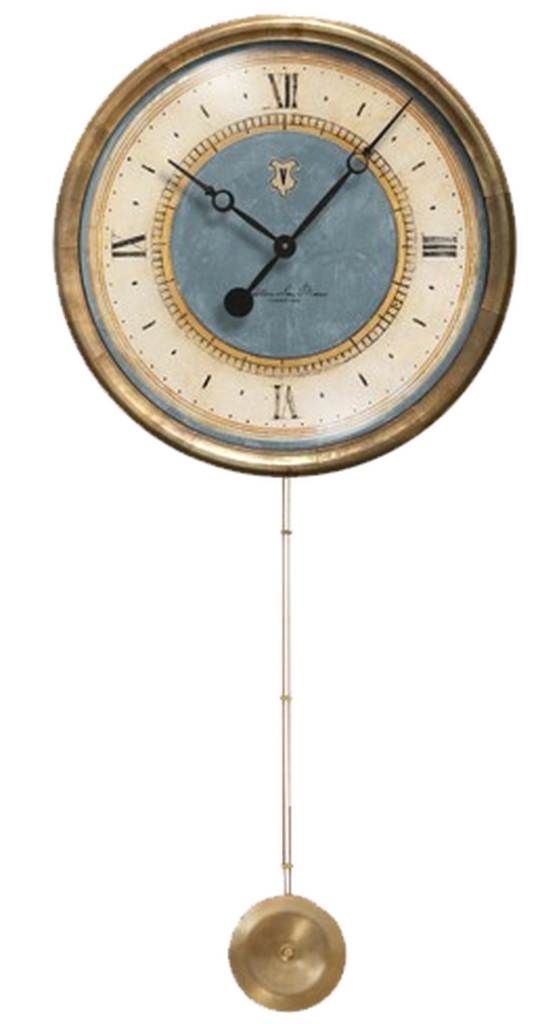
The phenomenon of resonance
Like all of us when we were sick, Huygens began to look around his room, dwelling on things that we usually, out of habit, ignore. When his gaze fell on the two pendulum clocks he had in his room, he noticed that they had synchronised.
To find out what happened to the watches, although it seems trivial, we will have to wait more than 300 years.
Although he had invented the pendulum clock himself, theorized the undulating nature of light and laid the groundwork for infinitesimal calculus, even with the help of his colleague Isaac Newton he could not comprehend what had happened to the two clocks in his room.
Science was not yet able to study such a phenomenon, but Huygens sensed that a kind of resonance had to be established between the two clocks, “as if they wanted to assume the same rhythm”, he will say.
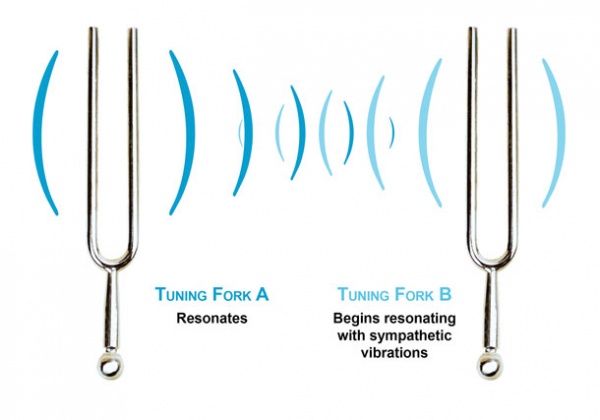
Complex mathematical formulas will then be defined to explain the nature of this phenomenon, but in 1983 a young watchmaker, Francois-Paul Journe, decides to see the practical side, imagining extrapolating from those complex sheets full of calculations, a solution capable of creating a self-regulating watch.
It’s a principle that we use every day, without even realizing it: when we change between a radio station and the next, we hear an annoying crunch. Only when we reach the correct frequency, the waves emitted by the station and those emitted by our radio sync to give us a harmonious sound.
The Chronomètre à Résonance
After several attempts, Journe mastered what was once Huygens’ obsession, creating in 1999 the Chronomètre à Résonance, the first and only acoustic resonance self-regulating watch
Its two balances, swinging in antiphase, move the air around them with equal but opposite pulsations, “erasing” every variation.
Every time a normal clock is moved, the balance accelerates or slows down imperceptibly and, going to add up all these variations, after a certain time you will notice that the time is no longer correct.
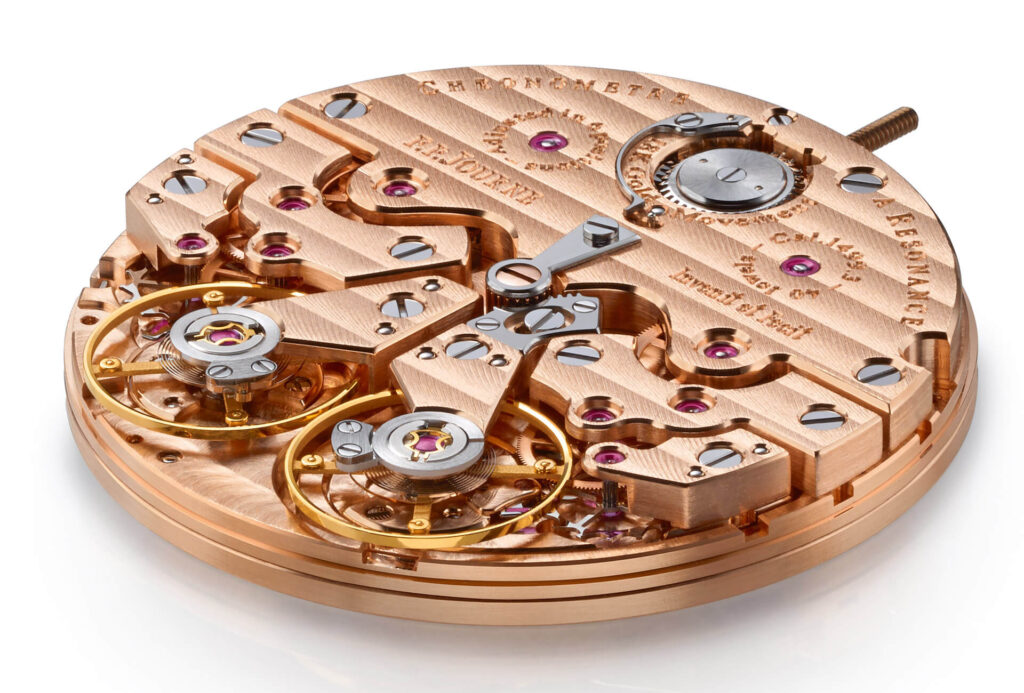
To try to eliminate these seemingly ungovernable errors, numerous ingenious solutions have been created: the tourbillon, the flying-tourbillon, even the three-dimensional gyrotourbillon. All variants of an ingenious mechanism that tries to “eliminate” the inconvenience by distributing the error equally across the balance.
(If you like to find out more about this complication you find an article here)
All formidable solutions, but nothing has ever reached the ability to self-regulate like the Chronomètre à Résonance.
When we move this incredible piece of mechanical art, inevitably one of the two balances will accelerate or slow down. But the air that will move will interact with the other balance, changing its oscillation in the opposite way, and vice versa. All this, to then return together to the harmonious initial balance.
The 1499.3 caliber from F. P. Journe manages to master this phenomenon of physics thanks not only to two balances, but with two distinct mechanisms, placed next to each other. This means that we can read two different time zones at the same time. Different hours and minutes, but always perfectly synchronous seconds.
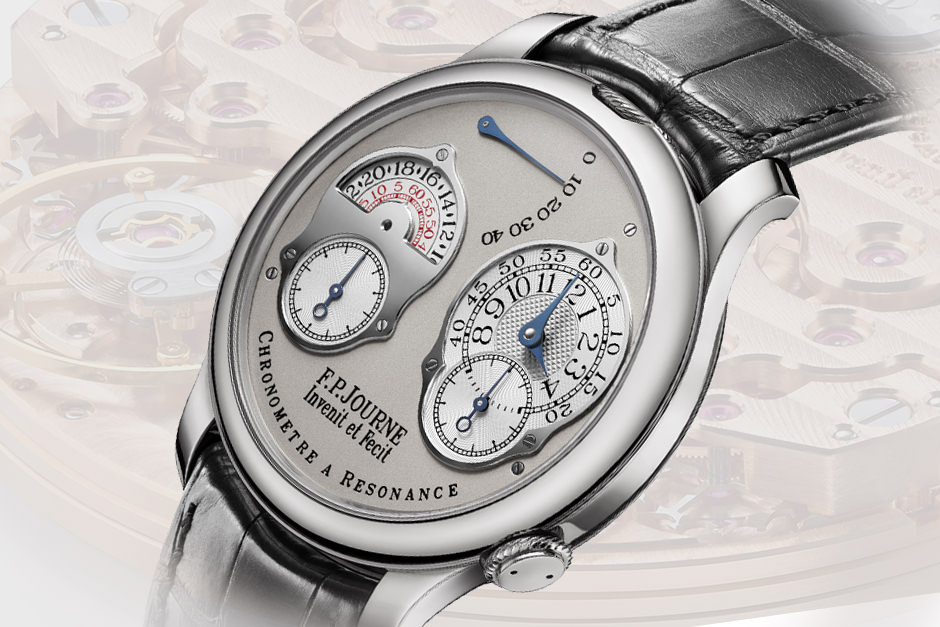
And if the theory wasn’t enough, the world-class work that Journe has accustomed us to, has not been overshadowed.
Movement and dial in 18-karat gold, heat-treated blued hands, prints transferred with a gelatin mold specifically developed by Francois-Paul Journe to ensure absolute precision. Platinum or 18-karat gold case, naturally finished by hand.
Two time zones, we said, and two crowns… Right? Not quite.
Both are adjustable via the crown at 12 o’clock, while at 4 o’clock we find what is actually a button. Pulling it, resets the seconds to zero, setting our timepiece with the utmost precision.
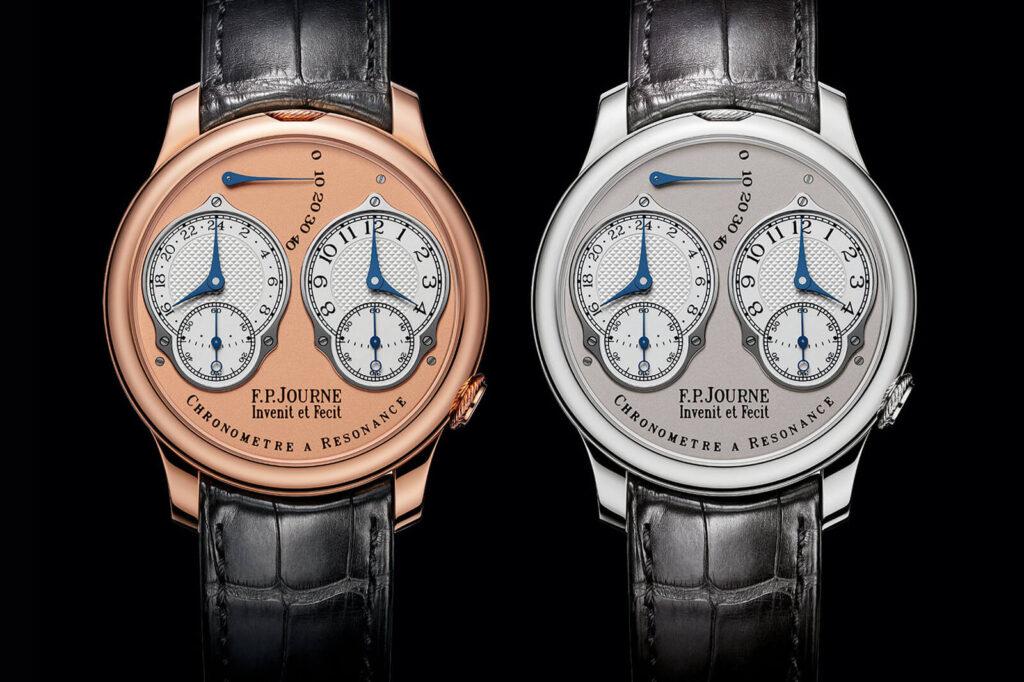
With the Chronomètre à Résonance, F.P. Journe reminded us how the world of watchmaking, as everything else, is always governed by a greater force and that we humans are by nature imperfect beings, unable to create anything perfectly accurate, both in mechanics and in life. But perhaps, with the help of someone equal and opposite to us, we can mitigate each other, to resonate in balance, whatever blow we suffer.
A thank you goes to Francois-Paul Journe, for once again fusing watchmaking, science and, above all, philosophy.

